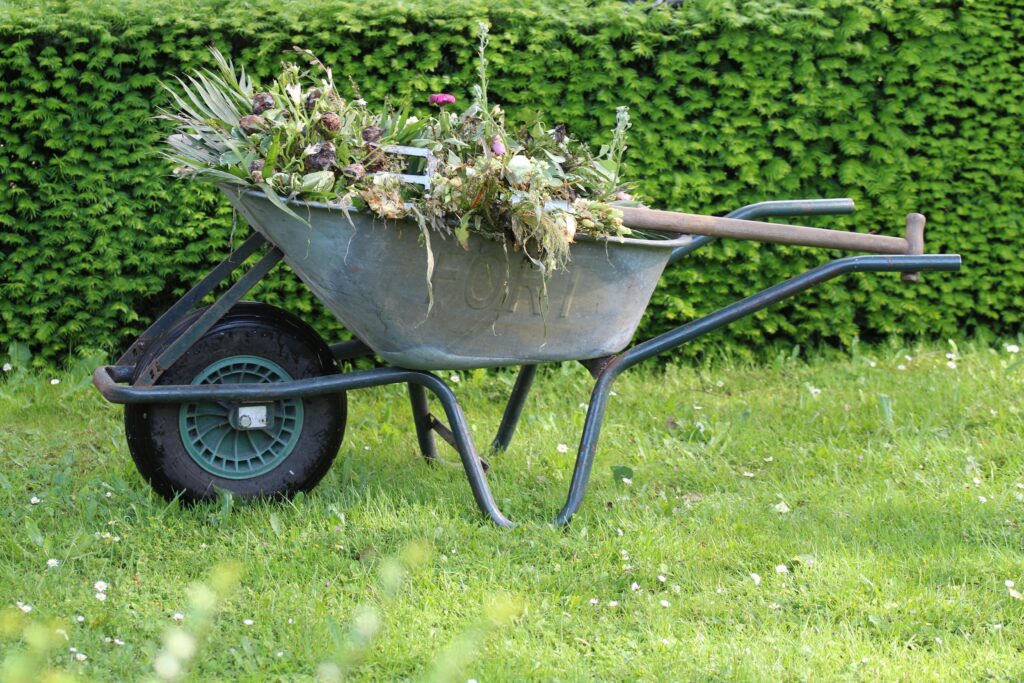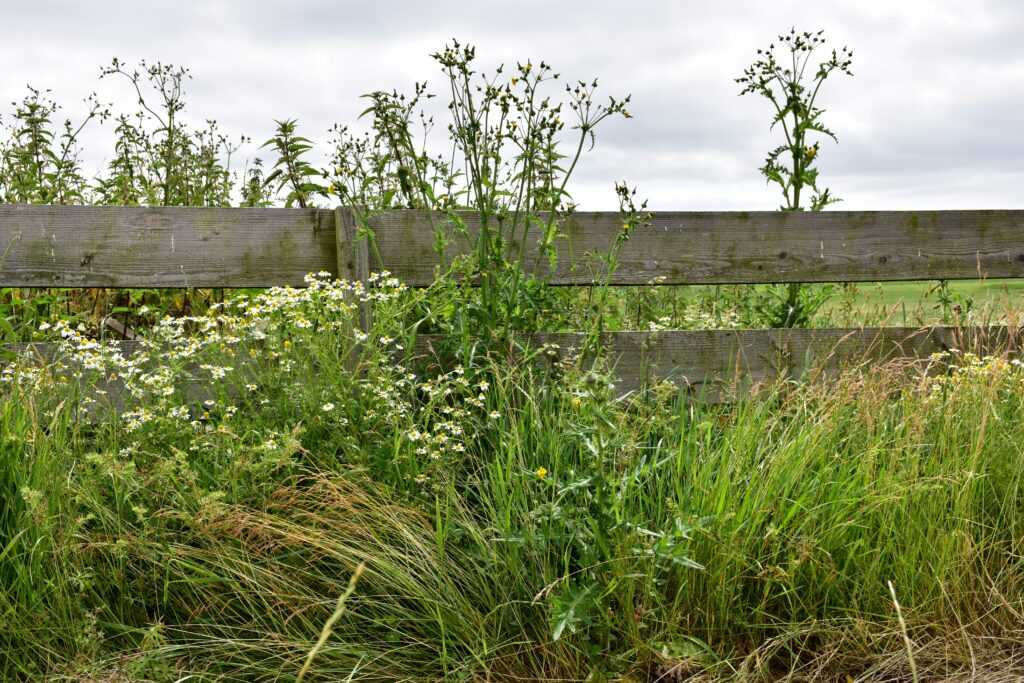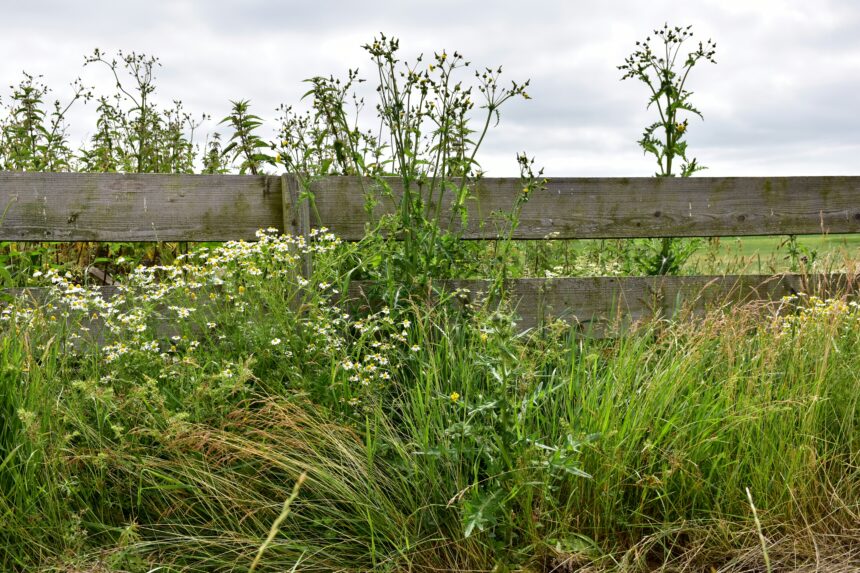Gardening can be a truly rewarding endeavor, providing homeowners with beautiful landscapes and fresh produce straight from their backyards. As plants flourish and thrive, so too does the potential for overgrowth, which can quickly turn the garden from a picturesque haven into a tangled mess. Understanding how to effectively manage garden overgrowth is important for maintaining a flourishing landscape and ensuring that your garden remains vibrant and healthy.

Understanding Garden Overgrowth
Garden overgrowth occurs when plants, whether weeds, shrubs, or trees, grow unchecked, often leading to competition for resources, such as water, sunlight, and nutrients. Not only does this impact the aesthetics of your garden, but it can also hinder the growth of your desired plants, resulting in stunted growth or even death.
Weeds, in particular, are notorious for outcompeting beautiful flowers or vegetables for space and resources, making it vital for homeowners to recognize the problem before it spirals out of control. Paying attention to garden dynamics and assessing areas where overgrowth is prevalent will enable you to take the necessary steps toward remedying the situation.
Benefits of Managing Overgrowth
Effectively managing overgrowth promotes healthier plant growth, curtails pests that thrive in dense vegetation, and enhances the garden’s aesthetic appeal. Maintaining a well-manicured garden allows your desired plants to have the best chance at thriving, as they won’t be forced to compete for crucial resources or face the risk of damage from entangling, aggressive weeds. A tidy garden cultivates a more inviting outdoor space that encourages family and friends to gather, enjoy, and appreciate the fruits of your labor.
Proper management of overgrowth helps reduce the risk of pests and disease. Overgrown gardens can become breeding grounds for harmful insects and pathogens, which may negatively affect the ecosystem. Without regular maintenance, these pests can invade your cherished plants and contribute to their decline. By implementing effective weed control practices, homeowners can foster a healthier garden environment, ensuring that their plants remain vibrant and free from disease. With the right strategies in place, even the most overgrown garden can be transformed into a thriving oasis.
Identifying Overgrown Areas
The first step in managing garden overgrowth involves identifying which areas are most severely affected. Homeowners should conduct regular inspections of their garden, looking for excessive growth of weeds or unwanted plants that may have invaded their flower beds or vegetable patches. Some common indicators of overgrowth include unclear pathways, plants competing for space, or flowers that are barely visible amidst the greenery. By distinguishing these problem areas, you can strategize better ways to tackle them effectively rather than allowing them to fester and grow further.
Keeping an eye on soil conditions and moisture levels in the overgrown areas can provide insights into whether certain plants are thriving due to favorable conditions, thereby exacerbating their growth. If you notice that one plant species is thriving over another, it may be time to reassess their placement or even consider implementing some form of solution to control weeds to ensure undesired growth does not overshadow your more valuable plants.
Effective Strategies for Managing Overgrowth
Several strategies can help homeowners tackle garden overgrowth effectively. Regularly pruning plants is crucial in maintaining their size and shape, as well as encouraging new growth. By cutting back wilting flowers or trimming back expansive shrubs, you can promote air circulation and ensure that each plant receives adequate sunlight and nutrients. This sets the stage for successful growth in the future.
An efficient strategy for managing weeds is to employ targeted control measures. Depending on the scale of the issue, homeowners may choose to utilize manual methods such as weeding by hand or invest in advanced control techniques. Employing specialized herbicides or engaging the services of professionals who specialize in controlling weeds can yield substantial benefits. When opting for products, selecting those that are designed to specifically target unwanted weeds is crucial, as this minimizes the risk of harming desirable plants.
Benefits of Seeking Professional Help
For homeowners who find themselves overwhelmed by persistent garden overgrowth, enlisting the assistance of professional gardening services may be the best course of action. These professionals possess the expertise to assess your unique gardening situation and implement tailored strategies to combat overgrowth effectively. They can identify underlying issues within the soil or assess plant health that may be contributing to the overgrowth problem.
When entrusting your garden to experienced specialists, you can alleviate the burden of maintaining a lush landscape while ensuring that your plants receive the care they need. Professionals often have access to resources that may not be readily available to the average homeowner. This can translate into considerable long-term benefits that enhance the health and beauty of your garden.
Long-term Maintenance
The best way to combat garden overgrowth is with a proactive rather than reactive approach. Regular maintenance tasks such as monitoring growth patterns, addressing weeds promptly, and adjusting landscaping practices as needed can help keep your garden healthy for years to come.
Educating yourself about soil health and nutrient needs can allow you to make informed decisions that will benefit your garden in the long run. Establishing plant communities that thrive together through companion planting can help promote healthier plant ecosystems while reducing the potential for overgrowth hotspots.

By carefully considering how plants interact within your garden and working to foster cooperation and support among differing species, you can enjoy a vibrant and flourishing landscape that reflects your gardening vision. Taking the time to implement and maintain effective garden management strategies can lead to a thriving outdoor space where both plants and homeowners can flourish.













